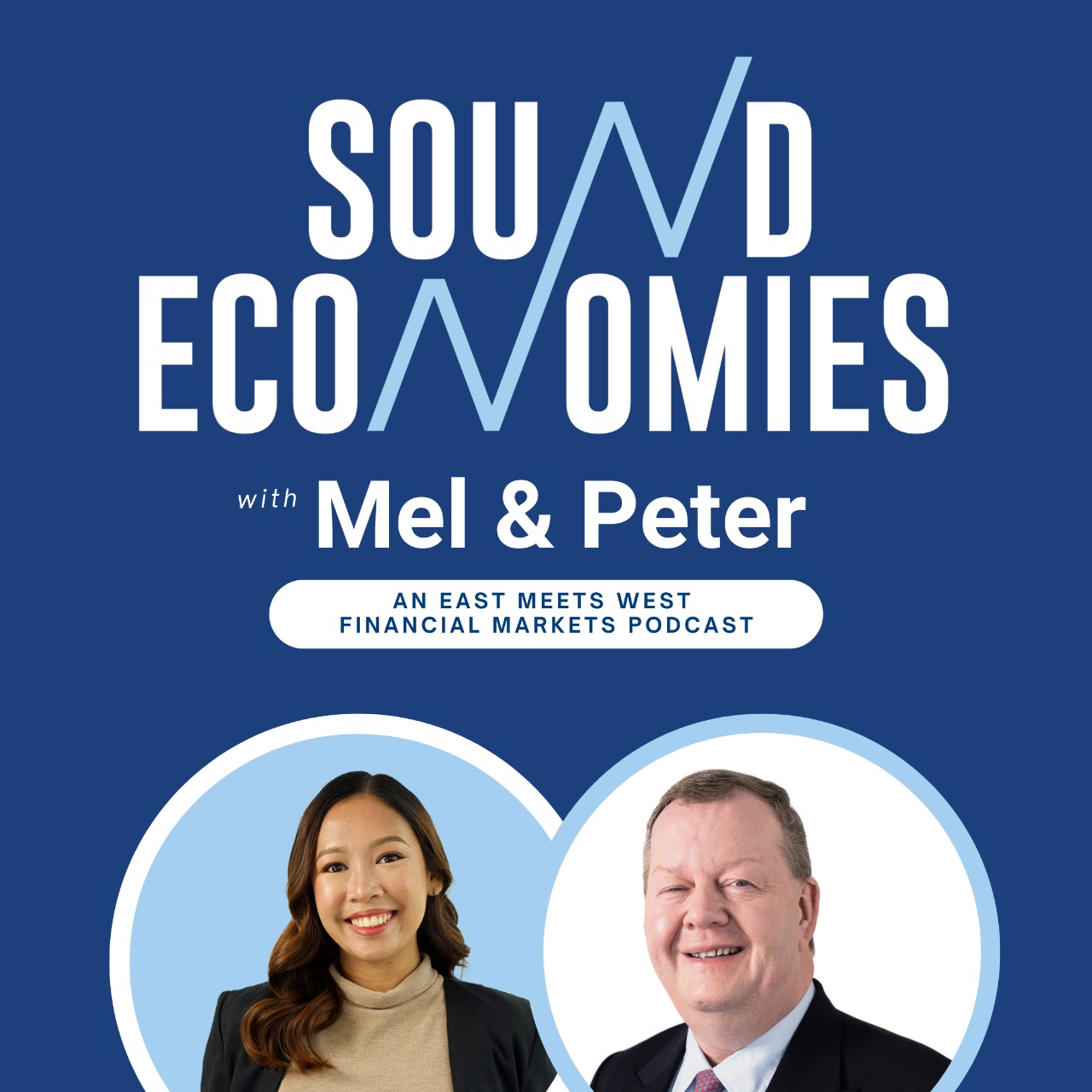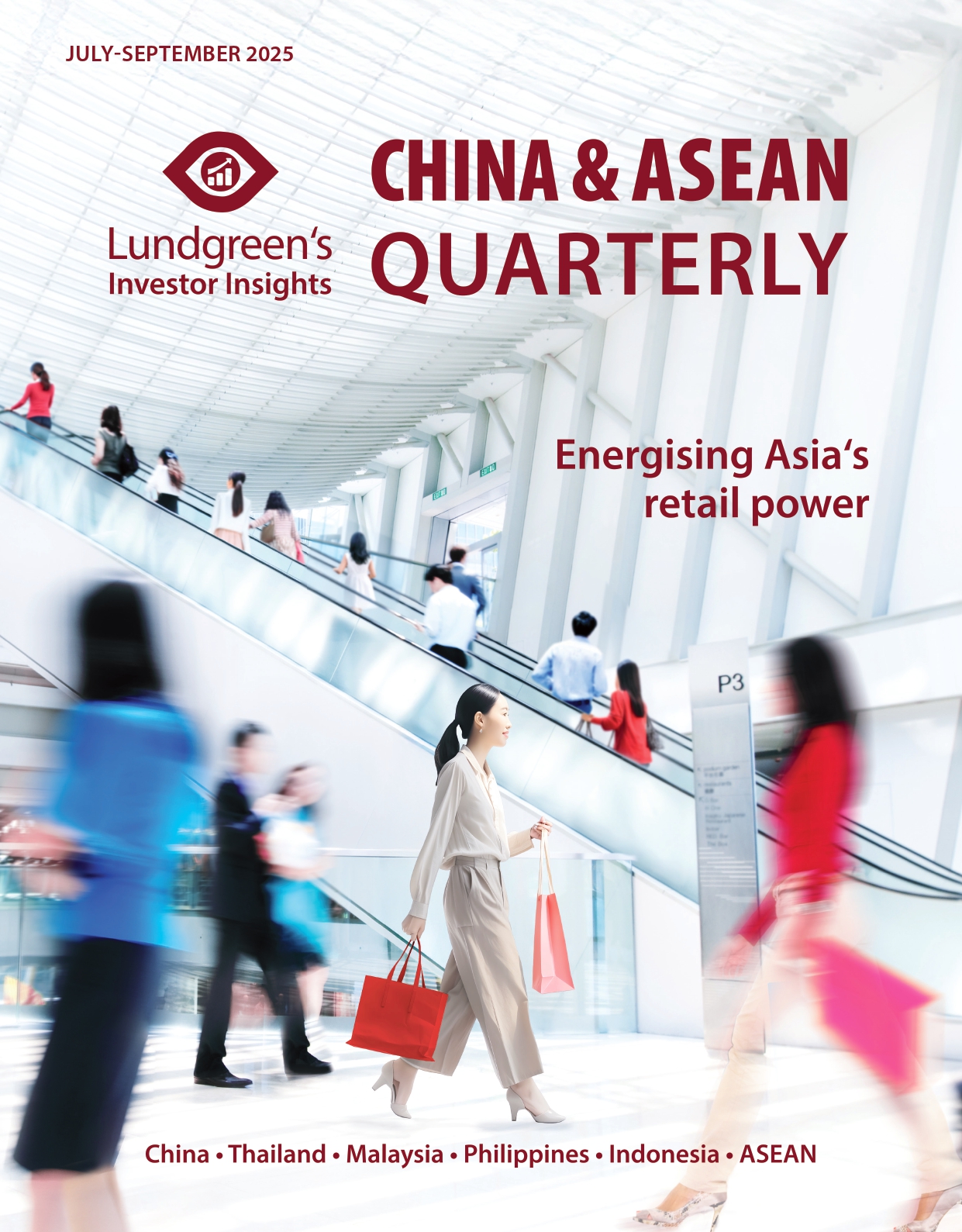The future of bonds and Big Tech under Trump
During President Donald Trump’s previous presidency, tax cuts and deregulation boosted US economic growth but also led to higher fiscal deficits and sharper market swings. If similar policies make a comeback, these will increase market uncertainty that would cloud the outlook for the next four years of his term and beyond.
Already, Trump’s first month has triggered increased volatility with the enactment of several policies that double down on trade protectionism, regulatory rollbacks, and conservative governance. On top of a federal hiring freeze and funding withdrawal for diversity and inclusion programs, he appointed businessman Elon Musk in the newly established Department of Government Efficiency to cut what they would consider as wasteful public spending. Beyond US borders, apart from the reinstatement of migration protection protocols, he has also threatened Colombia with new tariffs over deportation refusals, additional tariffs on imports from China, Mexico, and Canada, and reciprocal tariffs for nations taxing US-made goods. He also pulled the US out of the Paris Agreement again, and supported a private sector-led AI infrastructure investment worth USD 500 billion.
Turbulence ahead
Investment instruments with longer tenors are the most sensitive to interest rate changes during periods of heightened volatility, making them less attractive. We currently prefer medium-term US Treasuries given expectations of increased volatility as well as a steeper yield curve. With interest rates likely to stay higher for longer, medium-term bonds strike a good balance between risk and reward.
Bond yields on longer maturities typically fall in the face of greater uncertainty. The MOVE Index in Graph 1 measures the expected volatility in the US Treasury bond market over a 30-day period. It moved significantly during major economic shifts, such as Federal Reserve policy changes, periods with heightened inflation concerns, or financial crises. For example, a steep spike was observed in March 2020 when COVID-19 lockdowns were implemented, and again in March 2023 amid heightened fears of a “hard landing” of the US economy following reports of several bank failures.
 In this context, investors should consider holding bonds with 5- to 7-year maturities to their portfolios. These tenors are less affected by interest rate changes compared to long-term bonds, making them a safer option in today’s highly volatile market. Treasury notes offer stability while investment-grade corporate bonds provide slightly better returns.
In this context, investors should consider holding bonds with 5- to 7-year maturities to their portfolios. These tenors are less affected by interest rate changes compared to long-term bonds, making them a safer option in today’s highly volatile market. Treasury notes offer stability while investment-grade corporate bonds provide slightly better returns.
While the steepening yield curve seen in Graph 2 is widely taken as a positive sign for the US economy’s growth path as it provides a boost to growth sectors like technology, high borrowing costs hinder expansions in the segments of artificial intelligence (AI) and clean energy, which are rather capital-intensive. Investing in well-established tech companies with strong finances and steady cash flows are likely a good bet this 2025 as the tech industry is expected to keep leading the charge in Wall Street, barring any major surprises, after tech stocks generally outperformed broader share indices in 2024. The S&P 500 tech sub-index rose by 36 per cent from its end-2023 level, stronger than the 23 per cent increase of the main index, while the Dow Jones US Technology Index surged by 38 per cent to outpace the 13 per cent climb of its main index. The tech-heavy Nasdaq Composite Index saw the biggest leap, rising by 28.6 per cent for the year.

Sectoral trends
A low interest rate environment lends support to the tech sector as future cash flows are discounted less and high valuations get a boost. However, the Fed is expected to cut interest rates at a slower pace in the face of surging inflation.
On the policy front, Trump’s planned tax cuts on personal income and the revocation of Biden-era limits on AI usage could give tech companies a boost. However, a protectionist trade stance and unpredictable policy shifts from Trump will add to uncertainties faced by companies which are highly dependent on global supply chains. This scenario highlights the importance of global diversification, especially by tapping into Southeast Asia’s growing role in the tech supply chain. Exploring investment opportunities in renewable energy and electric vehicles, which stand to gain from new infrastructure outlays and the sweeping drive towards clean energy, is also a smart move.
The technology sector remains a key driver of the US economy this year, largely due to innovations in AI, renewable energy, and cloud computing. Companies able to navigate higher borrowing costs and geopolitical challenges are likely to sustain growth, making them a solid investment choice.
The future of the tech sector under another Trump presidency will be shaped by emerging economic conditions, sharp policy swings, and global trends. By focusing on medium-term bonds, strong and stable tech companies, and maintaining a well-diversified portfolio, investors can navigate the challenges of 2025 with good gains. That said, the sector’s ability to innovate and adapt means there will always be new opportunities amid greater volatility. However, competition is steep – DeepSeek, a Chinese AI startup, has recently released a competitive AI model said to be developed at a fraction of the cost of its Western counterparts.
AI and automation will continue transforming industries across the board particularly in areas like manufacturing and healthcare, and this requires greater vigilance against cyberthreats. This means cybersecurity companies will require sustained investment into digital infrastructure and security protocols. The push for digital transformation is also driving the wider adoption of cloud storage services, with established players holding their ground. While national security issues make US-China trade ties more challenging, this also highlights Southeast Asia’s role as a growing tech hub that can serve as an alternative to China. This opens up exciting opportunities for investors.
Keeping these trends in mind can help ensure that tech-focused investment portfolios stay resilient and positioned for growth under a second Trump administration.







